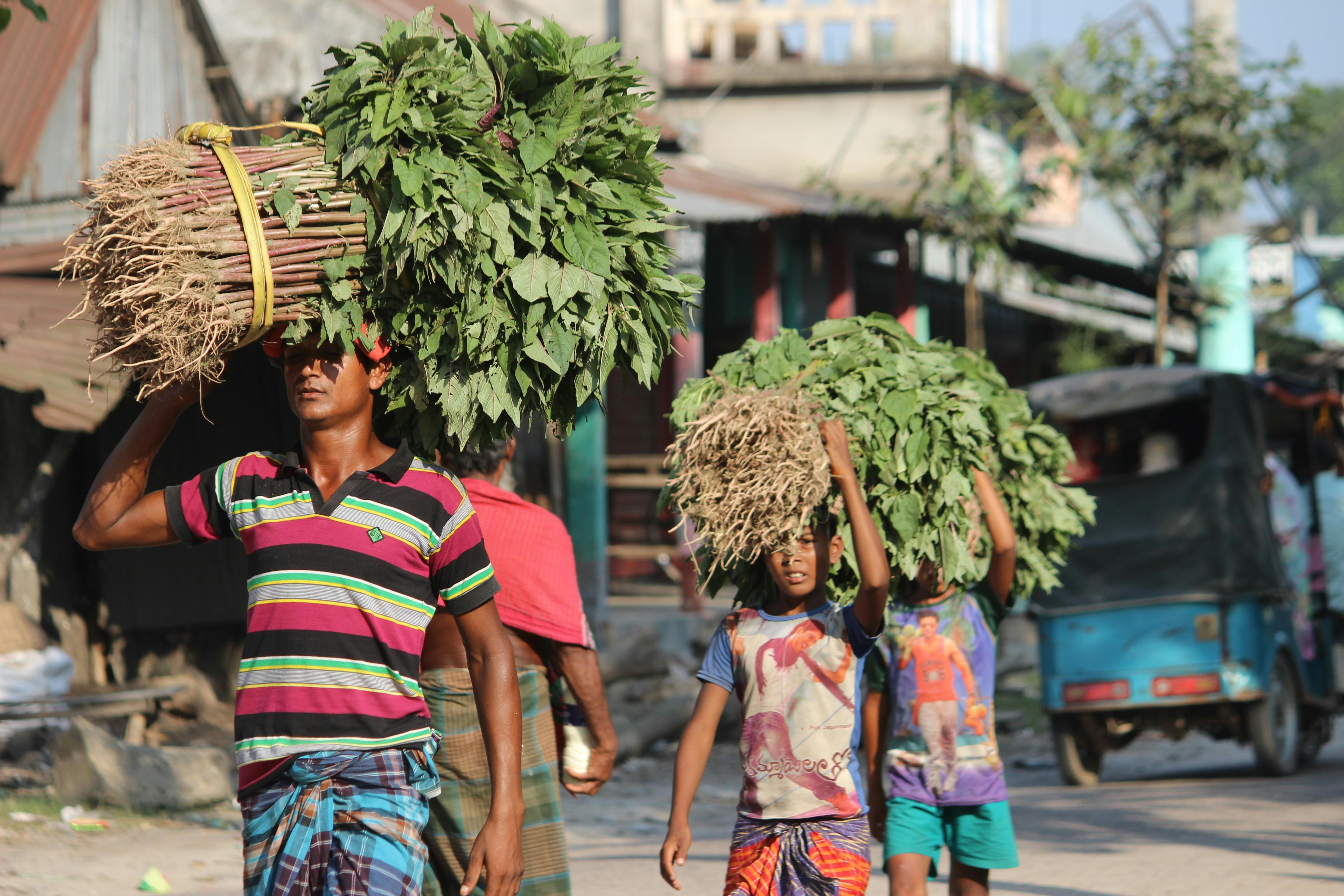Extent of Factors Contributing to Child Labor in Mati City, Philippines
DOI:
https://doi.org/10.59120/drj.v11i2.429Keywords:
Child Labor, Culture, Education, Employment, IncomeAbstract
The purpose of this study was to determine the extent to which factors contribute to child labor in Mati City, Davao Oriental. Using a quantitative research design, the researcher employed a descriptive method with 110 children and youth as respondents. This study utilized statistical tools, including percentages, frequency counts, means, and ANOVA, to analyze the data. The findings revealed that children and youth used for child labor in Mati City were mainly male. Moreover, most of the children and youth used for child labor were not attending school and did not receive any formal education. They lived under the total custody of their parents, who had a large family (4 to 12 children) and earned a modest income (P5,000.00 to P7,000.00) per month, and were predominantly Roman Catholic. It was found that factors contributing to child labor include low income, lack of education, cultural issues, and unemployment. The data gathered revealed that there was no significant difference in the extent of contribution to child labor among the said factors when analyzed by gender, age, educational level, educational background, and household income. There was a significant difference in the factor of employment when analyzed by household size and guardian, and education when analyzed by gender, age, educational background, and educational level. The most significant factor contributing to child labor was income. The researchers recommend conducting similar studies that involve a bigger sample size of randomly selected children and youth to determine other possible associated factors with child labor in Davao Oriental.
Downloads

Downloads
Published
Issue
Section
License
Copyright (c) 2025 Sarah Jean M. Danda, Warren A. Bacala , Sheryl J. Bantayan

This work is licensed under a Creative Commons Attribution-NonCommercial 4.0 International License.
DRJ is an open-access journal and the article's license is CC-BY-NC. This license allows others to distribute, remix, tweak, and build on the author's work, as long as they give credit to the original work. Authors retain the copyright and grant the journal/publisher non-exclusive publishing rights with the work simultaneously licensed under a https://creativecommons.org/licenses/by-nc/4.0/.









